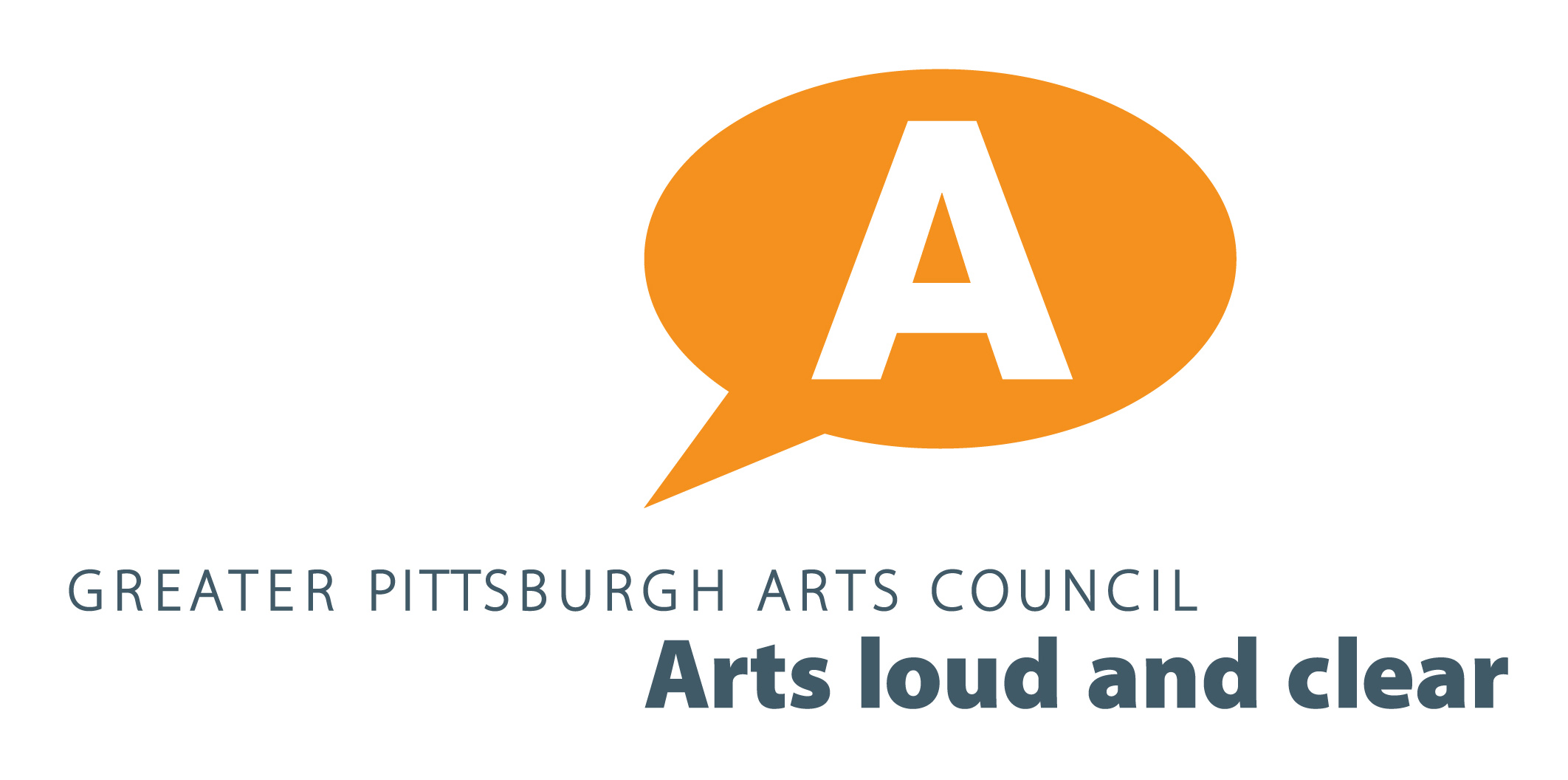Measuring Greater Pittsburgh’s Arts Vibrancy

Guest post by Mitch Swain, CEO, Greater Pittsburgh Arts Council
*Pittsburgh ranked #16 on NCAR's top 20 list of arts-vibrant large MSAs.
Greater Pittsburgh Arts Council (GPAC), among other roles it plays in supporting a thriving arts community, regularly uses local data to monitor the health of the sector. NCAR’s index of arts vibrancy certainly aids our efforts. We too assume that arts vibrancy takes many forms, and is also dynamic and changing.
For example, our 2016 “Culture Counts” report:
- traced five-year changes in the numbers of arts and culture providers
- indexed annual arts and non-arts jobs generated by the sector
- noted increased reliance on part-time workers and contractors
Here’s more of what we’ve learned about our local sector’s assets (and challenges) through a range of recent GPAC projects.
Funding The Allegheny Regional Asset District (RAD) is a state sales tax-based partnership which has supported arts and culture organizations in the county, along with parks and libraries, with reliable, operational support for 20 years. 84 arts and culture organizations received 12% of the $94.5 million in RAD funds in 2017, up from 10.21% in 2011.
In contrast, PA ranks 23rd among all states in per capita arts funding, and PA Council on the Arts grant funds have decreased from $15.2M to $9.59M over the past 10 years. To reverse this trend, PA has a well-established arts advocacy infrastructure, which GPAC helps lead.
Pittsburgh is rightly noted for its arts-supportive foundations—we rank #2 in per capita foundation funding among major cities. Yet, questions have been raised about the needs of artists, small organizations , and organizations that reach underserved populations versus funding of larger more established institutions. Another shift--several foundations are now prioritizing human services over the arts and culture.
Pittsburgh declined 20.5% in individual giving between 2010 and 2015. But some foundations are stepping up to build new capacities in individual giving.
Racial Equity and Accessibility Through its Coalition for Racial Equity in the Arts, GPAC has raised awareness and improved skills on the issue among arts leaders. GPAC is also facilitating a study of equity in arts funding by private and public sources.
With support from the National Endowment for the Arts, GPAC and collaborators are working to increase engagement of people with disabilities in the arts. We track numbers of accommodated events, patrons using accommodations, and accessibility coordinators appointed by arts and culture organizations.
Individual Artists GPAC’s 2016 community survey told us that artists here make a living by drawing on diverse sources of income, but also feel dissatisfaction with their art work/non-art work balance, financial status, and access to grants. Black artists rated these measures even lower, and described the arts community as cliquish and competitive. GPAC’s Artist Relations Manager addresses these issues through workshops, one-on-one consultancies, and convenings.
Future Challenges GPAC actively seeks to identify future challenges to our sector that we might, in turn, address. For example, GPAC’s May 2nd annual convening (“Future Tense”) explored both how demographic, cultural, economic, technology, and political trends will dynamically shape arts vibrancy here going forward and how Greater Pittsburgh can strategically respond.